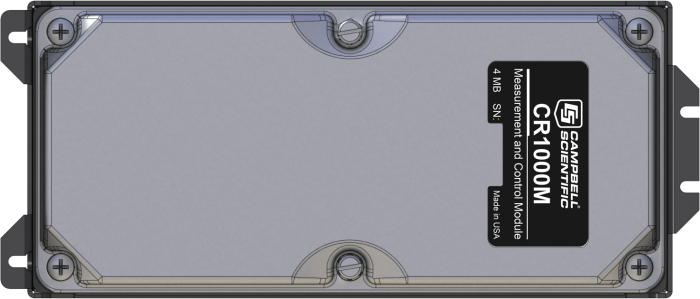Image Not Available
Overview
The CR1000M must be connected to a CR1000WP to function as a complete CR1000 datalogger. It may be purchased separately to replace a lost or damaged module. The CR1000M measures sensors, drives direct communications and telecommunications, reduces data, controls external devices, and stores data and programs in onboard, nonvolatile storage. The electronics are RF shielded and glitch protected by the sealed, stainless-steel canister. A battery-backed clock assures accurate timekeeping.
Read More
Images

Detailed Description
The CR1000M must be connected to a CR1000WP to function as a complete CR1000 datalogger. It may be purchased separately to replace a lost or damaged module. The CR1000M measures sensors, drives direct communications and telecommunications, reduces data, controls external devices, and stores data and programs in on-board, non-volatile storage. The electronics are RF shielded and glitch protected by the sealed, stainless steel canister. A battery-backed clock assures accurate timekeeping.
The CR1000M can simultaneously provide measurement and communication functions. The on-board, BASIC-like programming language supports data processing and analysis routines.
Originally, the CR1000M had 2 Mbytes of data/program storage, and another product, the CR1000M-4M, was offered that had 4 Mbytes of memory. In September 2007, the standard CR1000M started having 4 Mbytes of memory, making the CR1000M-4M obsolete. Modules with a serial number greater than or equal to 11832 will have a 4 Mbyte memory. The 4 Mbyte modules will also have a sticker on the canister stating "4M Memory".
Specifications
| Dimensions | 21.6 x 10.2 x 3.2 cm (8.5 x 4.0 x 1.25 in.) |
| Weight | 362.9 g (0.8 lb) |
Documents
Compliance
Videos & Tutorials
Privacy Policy Update
We've updated our privacy policy. Learn More
